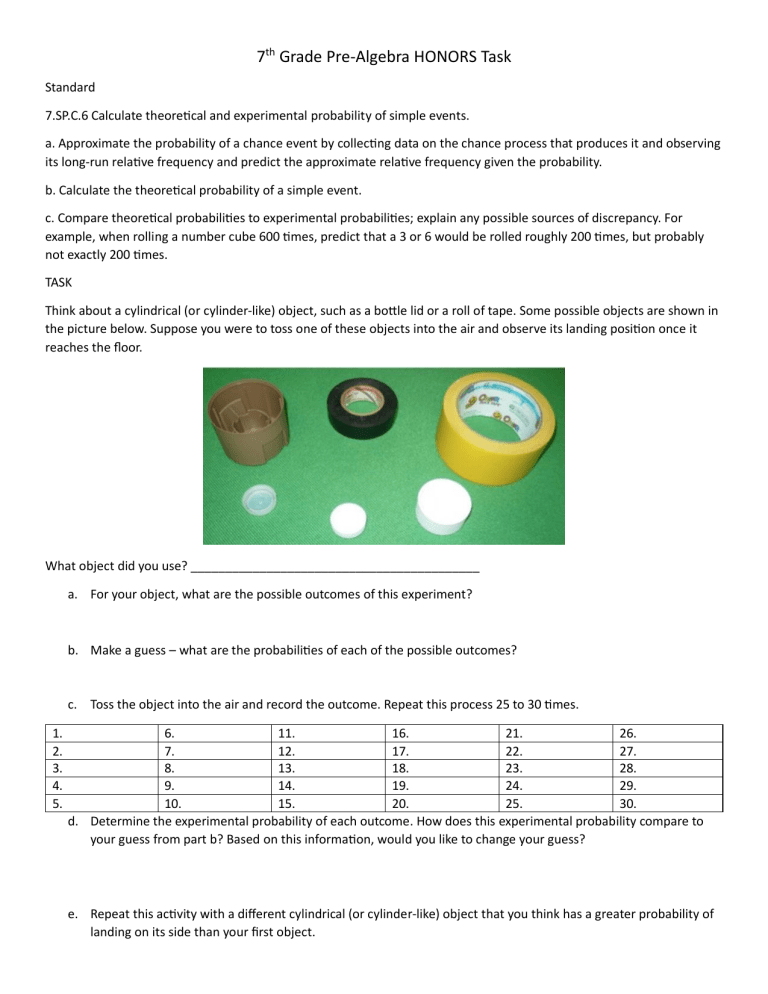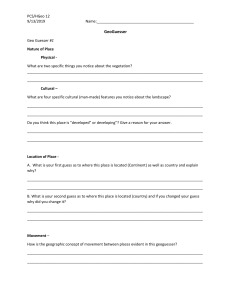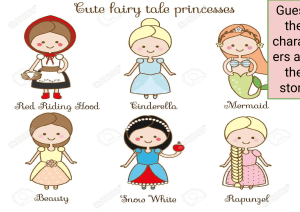
7th Grade Pre-Algebra HONORS Task Standard 7.SP.C.6 Calculate theoretical and experimental probability of simple events. a. Approximate the probability of a chance event by collecting data on the chance process that produces it and observing its long-run relative frequency and predict the approximate relative frequency given the probability. b. Calculate the theoretical probability of a simple event. c. Compare theoretical probabilities to experimental probabilities; explain any possible sources of discrepancy. For example, when rolling a number cube 600 times, predict that a 3 or 6 would be rolled roughly 200 times, but probably not exactly 200 times. TASK Think about a cylindrical (or cylinder-like) object, such as a bottle lid or a roll of tape. Some possible objects are shown in the picture below. Suppose you were to toss one of these objects into the air and observe its landing position once it reaches the floor. What object did you use? __________________________________________ a. For your object, what are the possible outcomes of this experiment? b. Make a guess – what are the probabilities of each of the possible outcomes? c. Toss the object into the air and record the outcome. Repeat this process 25 to 30 times. 1. 2. 3. 4. 5. 6. 11. 16. 21. 26. 7. 12. 17. 22. 27. 8. 13. 18. 23. 28. 9. 14. 19. 24. 29. 10. 15. 20. 25. 30. d. Determine the experimental probability of each outcome. How does this experimental probability compare to your guess from part b? Based on this information, would you like to change your guess? e. Repeat this activity with a different cylindrical (or cylinder-like) object that you think has a greater probability of landing on its side than your first object. 2nd Trial of TASK What object did you use? __________________________________________ a. For your object, what are the possible outcomes of this experiment? b. Make a guess – what are the probabilities of each of the possible outcomes? c. Toss the object into the air and record the outcome. Repeat this process 25 to 30 times. 1. 2. 3. 4. 5. 6. 11. 16. 21. 26. 7. 12. 17. 22. 27. 8. 13. 18. 23. 28. 9. 14. 19. 24. 29. 10. 15. 20. 25. 30. d. Determine the experimental probability of each outcome. How does this experimental probability compare to your guess from part b? Based on this information, would you like to change your guess? e. Repeat this activity with a different cylindrical (or cylinder-like) object that you think has a greater probability of landing on its side than your first object.





